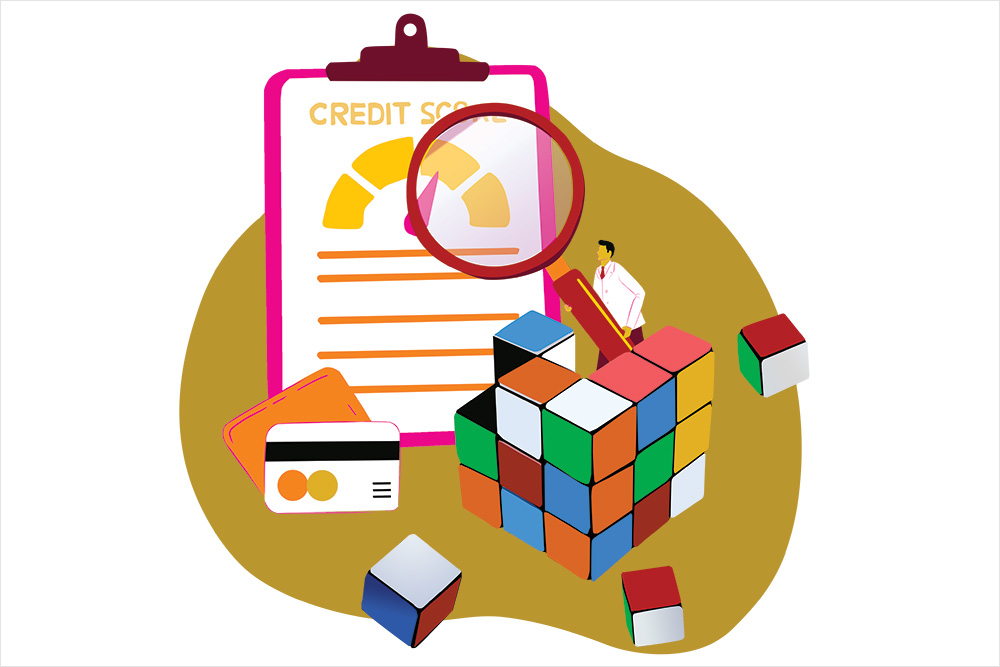From teaching children the concept of saving small amounts and seeing it grow to inspiring trust among the vast majority of individuals, especially senior citizens, with guaranteed returns from deposits, to holding borrowers’ hands in their times of need, banking has had a major role to play in the financial lives of individuals.
The banking industry has lived up to its expectations and has been a pathbreaker when it comes to customer interface and convenience by embracing the digital domain. It has adopted new forms of business while maintaining its primary role of accepting deposits and lending.
Bank deposits were among the few investments that Indians made in the 1990s and early 2000s. That was also the time when banks gave handsome returns on deposits—fixed deposits (FDs) gave up to 10-11 per cent in the late 1990s and even higher in the early ’90s over longer tenures. However, FD rates touched the levels of 9 per cent later, too, during high-interest rate phases. In the financial year 2023, for example, the Reserve Bank of India (RBI) revised the repo rates multiple times, taking FD rates to the 9 per cent levels for non-senior individuals.
A record number of individuals still go to banks for the safekeeping of their investments. Even seasoned equity investors trust banks to park their emergency funds.
The lending portfolio of banks has grown by leaps and bounds as borrowing has become a part of our lives. We see more and more young people buying assets such as cars and houses as against the earlier generation when the house-buying decision was kept for the post-retirement period. The drivers for this trend have been increasing aspirations and softening interest rates compared to previous times. A research paper from RBI cites that lending rates of scheduled commercial banks had reached a peak of 20 per cent in October 1991. “However, with abundant liquidity resulting from large capital flows, interest rates after deregulation showed a distinct downward decline. By October 1997-98, lending rates declined to 14 per cent. Deposit interest rate also softened significantly from 13 per cent per annum (with maturity over three years and up to five years) in 1991-92 to 11.5-12.0 per cent,” the paper said.
Digitalisation, of course, brought in a new era. ATMs had already resulted in decreased footfall in bank branches, and the introduction of phone banking and net banking reduced it to a trickle. Payment convenience through modes like Unified Payments Interface (UPI) has further smoothened the road.
The Way Forward
The banking industry has been among the leaders in the financial industry when it comes to embracing digitalisation. The road forward leads to striking a balance between digital and physical banking, which still remains a thing in smaller cities, rural areas and among senior citizens. Bridging that gap through technology would be the next big leap, and that may well get realised as internet penetration increases in India and metaverse and emerging tech expand their scope.



Then And Now
Vijay Legha

Vijay Legha in 2009 (Left) and in 2023. Photo: Photo: Bhupinder Singh, Photo: Vikram Sharma
Vijay Legha, 40, who works at a Delhi-based multinational company, and belongs to Bikaner in Rajasthan, is among the handful of people who start investing early. He learned to make his “money work for him” early on and kept increasing his investment each year, which has benefitted him immensely.
When he was featured in Outlook Money in December 2009 as a 26-year-old single, he was investing in mutual funds, gold funds, Public Provident Fund (PPF), and Voluntary Provident Fund (VPF).
After he got married, Vijay diversified into tax-saving mutual funds, exchange-traded funds (ETFs), bank deposits and other small savings schemes such as Sukanya Samriddhi Yojana for his two daughters.

He also began investing in precious metals during Diwali or Holi. In fact, he saw the potential in gold and silver, which he thought were becoming an important alternative to the dollar.
He says he has earned more than 10 times what he invested in gold funds, mutual funds, and other financial products, such as unit-linked insurance plans (Ulips).
Vijay also invests time with his family and indulges in holidays. He says the key to his wealth building has been the Think, Plan and Execute strategy. “Always believe in investing in various financial products available in the markets to avoid the possibility of risk,” he says.

